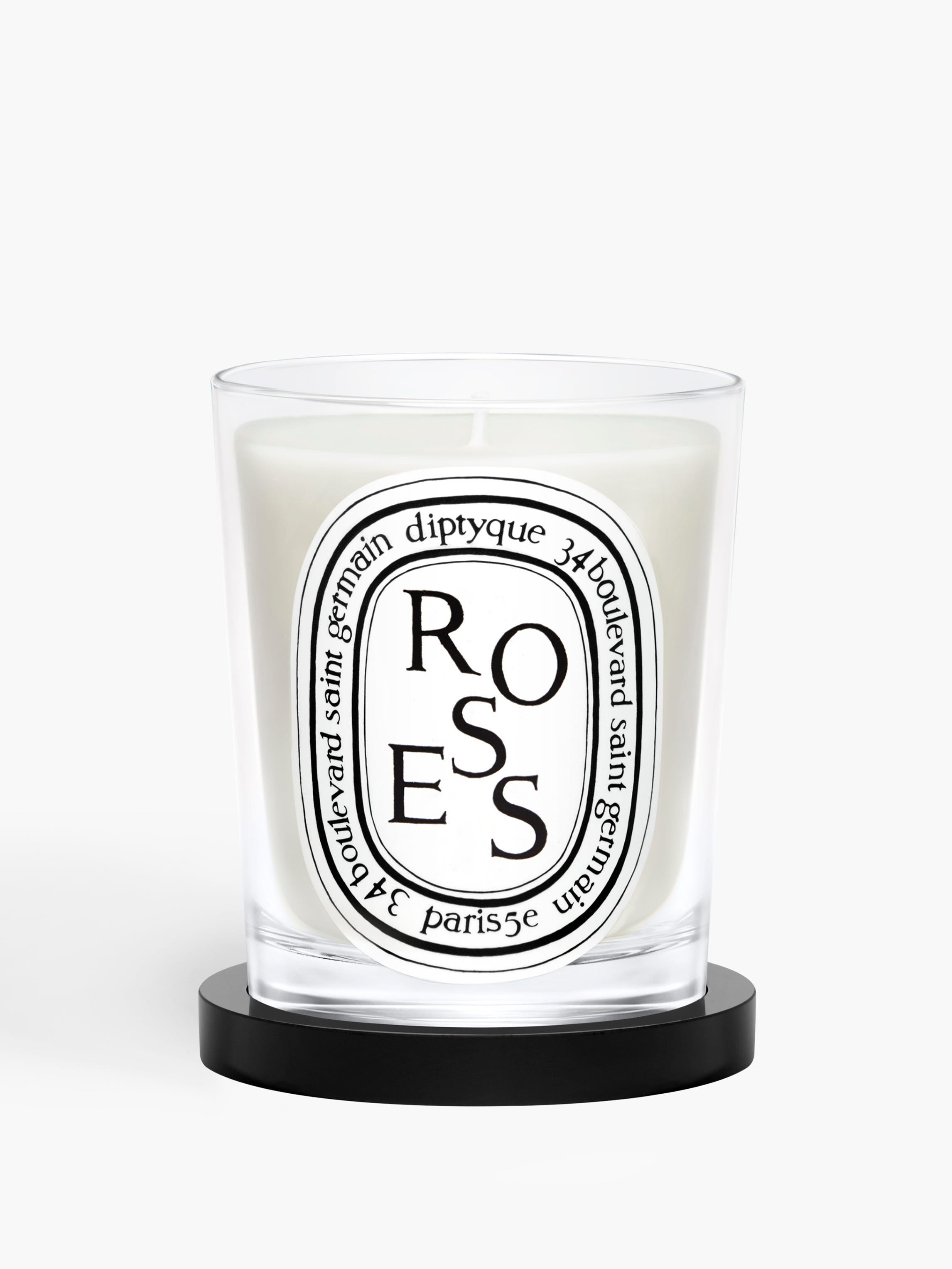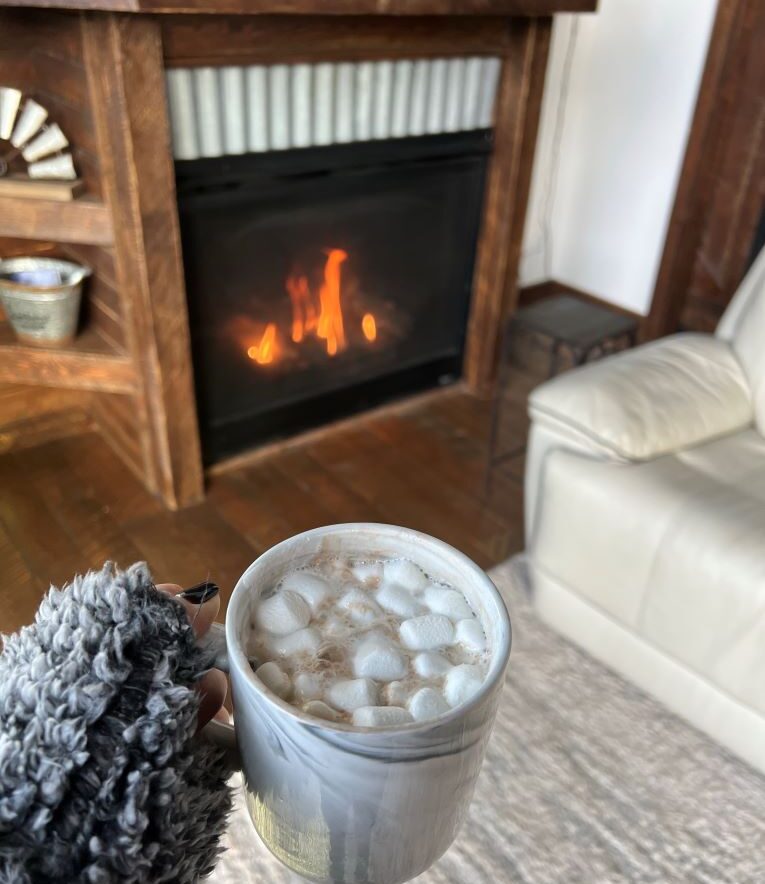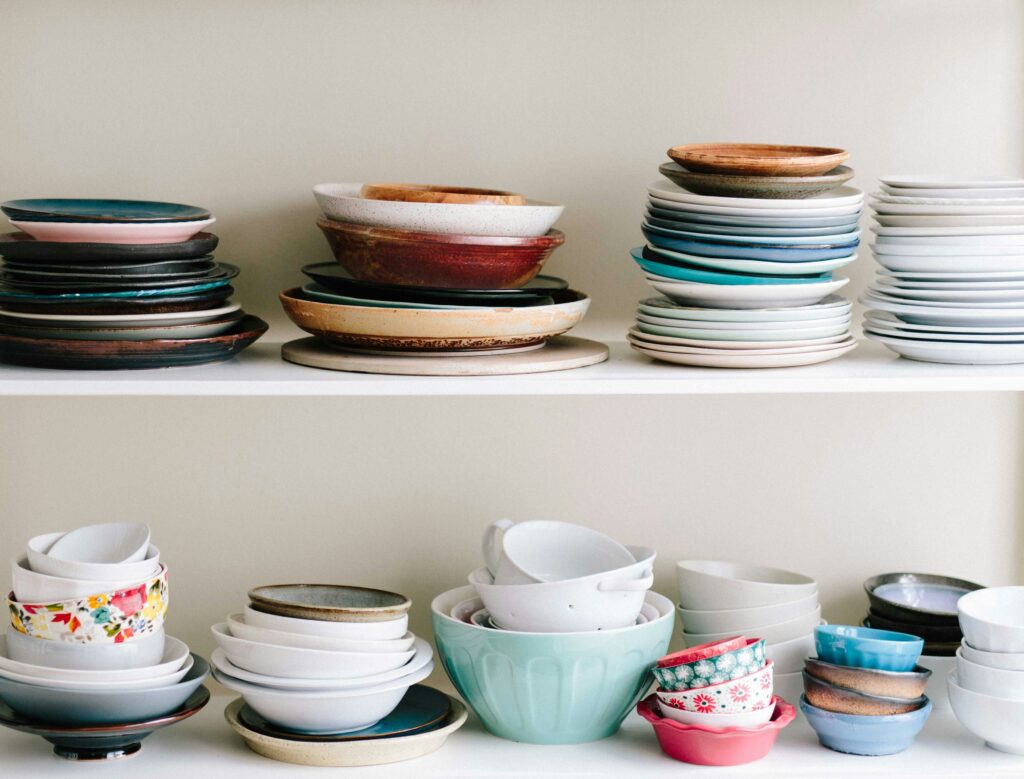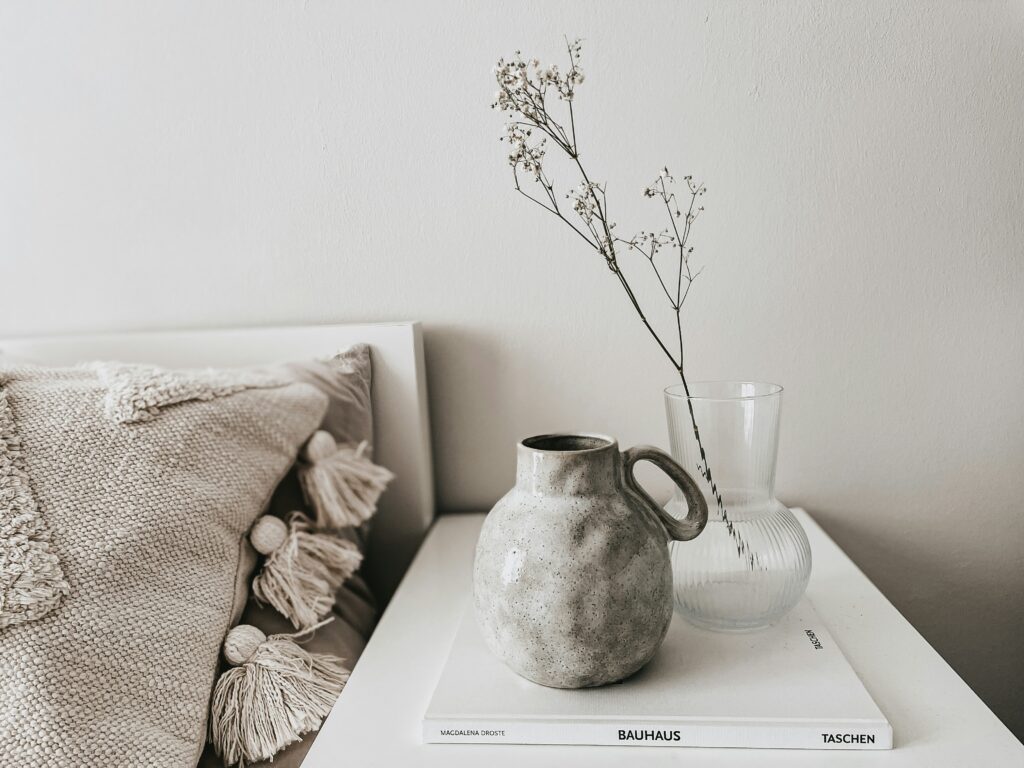As winter settles in, our need to create the comfort of a warm home becomes essential for our emotional and physical well-being.
It’s in our deeper human need for safety to create an environment that shields us from the harshness of the outside weather.
But when stubborn cold air creeps into your house, it can make everything feel less inviting and a little too chilly for comfort. To crank up the thermostat is always tempting—it’s the quickest fix. Sure, it keeps the whole house toasty, but it comes with a hefty price. Though it burns through your wallet faster than it warms the room.
Don’t worry you don’t have to blow your budget to stay cozy or live in a puffer jacket all winter, you just need to tweak a few things in your house to keep the warmth locked in and yourself snug.
These small acts of warmth go beyond temperature. It helps make your house warm and feels inviting, comforting, and safe, no matter how harsh the weather gets outside.
Just a quick heads up – Some of the links here on this blog are affiliate links. If you purchase anything through these links at no extra cost to you, I may earn a commission.
1. Layer Up with Throws and Blankets
One of the simple and cozy ways to make your house warmer is by layering throws and blankets to create a snug atmosphere.
A chunky knit, plaid, or cable weave throws and blankets can add a more than touch of style to any space.
A fleece, wool, or faux fur material can effectively trap heat. Drape them over your sofas, recliners, or even the foot of your bed. Not only do they make your room inviting, but they also act as insulation, helping maintain warmth in the room by retaining body heat.

ANTHROPOLOGIE
Woven Throw Blanket

ANTHROPOLOGIE
Woven Faux Fur Pillow
2. Add Thicker or Blackout Curtain
Curtains aren’t just a decorative element in your home; they also serve a functional purpose, protecting from outside weather conditions as an extra layer of insulation.
Heavy curtains, made from thermal-insulated fabric, keep the cold air seeping in through windows effectively while trapping the warmth inside. This keeps a comfortable indoor temperature without overusing the heating system.
Blockout curtains, in particular, are designed to block out light filtering in and regulate temperature, making them a must for every home. Plus they enhance the space look by adding an elegant vibe as well.

ANTHROPOLOGIE
Linen Blend Blackout Curtain
3. Add Rugs to Bare Floors
In winter bare floors, especially hardwood, tile, or laminate, can feel downright frosty and act as a conduit for cold air. Placing rugs around your space is an easy way to keep things cozy—they serve as a barrier between you and the chilly floor, helping to trap heat and make your space feel warmer. A thick, plush rug cuts down on heat loss and also gives a sense of warmth.
Place them thoughtfully in frequently occupied areas like the living room, hallways, and bedroom. Beyond their practical function, rugs can enhance the overall aesthetic of your home, adding both style and extra warmth.
4. Use Draft Stoppers
[windows, flexible or adhesive draft stoppers]
Drafts can often be the sneaky culprits behind heat loss in winter. These persistent cold air invaders can significantly lower the temperature in your home. Even the tiniest crevices around the windows and doors can let the cold in, leaving your heating system working overtime. The best solution is to seal out the cold and keep warmth trapped inside.
Draft stoppers are an affordable and practical way to tackle gaps beneath doors, windows, or any other space where cold air might seep in. These practical tools help prevent warm air from escaping by creating a seal that can help you maintain a cozier indoor environment without cranking up the thermostat.
5. Cook More Often in the Oven
In the winter month we like to often bake a batch of cookies, roast a chicken, or prepare a hearty casserole, but after cooking is done, keep the oven door slightly open to let the residual heat flow into the room.
Oven generates a steady heat that naturally radiates into your kitchen and surrounding spaces which can reduce the cold and dampness that often linger into homes. Unlike central heating, which can sometimes feel dry, the warmth from an oven has a comforting, homey quality that’s hard to replicate. Just be mindful of safety, especially with children or pets around.
6. Use Space Heaters in Small Rooms
Space heaters are a convenient and cost-effective way to warm your house and provide targeted warmth, especially in the most-used rooms. They allow you to focus heat on specific areas, like bedrooms, workspaces, or living rooms, without heating the entire house.
To optimize their efficiency, position the heater in the center of the room or close to seating areas so the heat spreads evenly. Just remember to keep flammable materials like curtains or furniture at a distance—safety always comes first with heating equipment.
7. Add Heat-Reflective Insulation to Windows
Adding thermal reflectors to your windows is a simple but very effective upgrade that can make your house warmer while saving on heating costs. Heat-reflective insulation, like reflective window films or thermal curtains, works by minimizing heat loss and reflecting some warmth back into your home.
This type of insulation blocks cold air entering through windows, while still allowing natural lights to come in and retain warmth inside, keeping the indoor temperature more stable and comfortable. This is especially useful for homes with single-pane windows or frames prone to drafts, as they typically lose more heat.
8. Make Use of Your Fireplace
Your fireplace is more than just a decorative focal point of your home. The soft crackle of flames and the glow of embers create a relaxing physical warmth that also provides a source of emotional comfort. Fireplace can create a cozy, localized warmth in the room, whenever you want to curl up with a book or enjoy a quiet evening.
Keep your fireplace in good working condition with regular maintenance to maximize its warmth. If you have a wood-burning fireplace, opt for seasoned hardwood like oak or maple, which burn longer and produce more heat. Make sure to close up your fireplace when it’s not in use to prevent cold drafts from sneaking in and maintaining warmth long after the fire’s gone out.
9. Reverse Ceiling Fan Direction
One simple trick to make your home feel cozy in no time is switching up the direction of your ceiling fan.
In winter, set your ceiling fan to a slow clockwise rotation to circulate warm air effectively. A clockwork rotation draws the cool air upward, pushing the warmer air near the ceiling back down into the room. This helps maintain an even heat distribution, minimizing cold spots and making your home warmer without needing extra energy.
This method works especially well in rooms with high ceilings, where warm air is gathered high above. It’s also an energy-efficient solution that lets you lower your thermostat slightly while still maintaining a comfortable temperature.
10. Open Up Curtains When the Sun is Bright
Sometimes, letting the sunlight in by opening your curtains is all it takes to warm your home. Sunlight provides natural heat, with its rays streaming through your windows acting as a free source of heat that gently warms up the interior and creates a welcoming atmosphere.
Take advantage of sunny winter days by opening curtains and blinds, especially south-facing windows, as they receive the most sunlight throughout the day. Once the sun sets, draw the curtains to trap the heat you’ve gathered all day.
It is an effortless way to make your house warm while letting nature lend a hand in making your space more snug.
11. Burn Some Scented Candles
Candles with their soft glow can also provide gentle heat that complements your heating efforts. Though the amount of heat they give off is minimal, the warmth they emit can create a comforting atmosphere that feels warmer. Also, lighting scented candles covers up the cold, musty odor that often lingers during the winter months when windows stay shut. The soothing fragrance can even have mood-boosting properties, lifting your spirits on the colder days.

DIPTYQUE
Classic Candles

ANTHROPOLOGIE
Unscented Pillar Candle
Create a Haven of Comfort and Warmth
When the world outside feels cold and unyielding, the warmth of our home becomes a refuge. Winter demands that we create a sanctuary that is warm, comforting, and nurturing of connection.
Though the temptation to turn up the heat is strong, running it all the time or at full blast isn’t cheap. Embracing thoughtful alternatives allows you to create a cozy warmth that lingers without overburdening your budget or the environment.
These practical ways and acts of preparation will help you value what you have, seek creative solutions, and find comfort in the ritual of keeping warm.


























